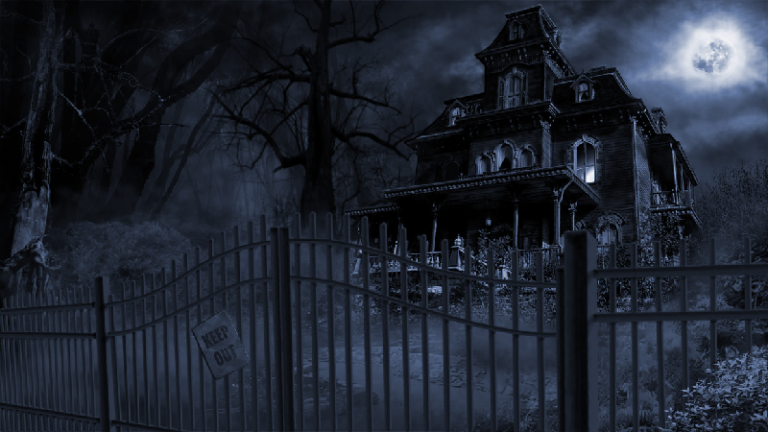 In 1965, Sherman Poppen bolted two skis together to make a snow-riding surfboard for his daughter. Dubbed a “Snurfer,” the design achieved instant popularity, and a manufacturer sold more than a half million of them the next year. The new winter sport it sired soon evolved into what we now call snowboarding.
In 1965, Sherman Poppen bolted two skis together to make a snow-riding surfboard for his daughter. Dubbed a “Snurfer,” the design achieved instant popularity, and a manufacturer sold more than a half million of them the next year. The new winter sport it sired soon evolved into what we now call snowboarding.
Early snowboards were rudimentary designs. Most were made of plywood, with bases left bare or covered with polyethylene, aluminum or countertop Formica. Users generally rode in the back country because few ski areas allowed these potentially dangerous contraptions on their slopes.

“They were in the category of a toy rather than a snow tool,” says Rick Sramek, former vice president of mountain operations at Colorado’s Breckenridge ski area. “They lacked bindings and edges.”
Many simply had straps on top through which riders slipped their feet, says Sramek, who directed the ski patrol at the time. They performed fine in deep powder, but if anyone took a tumble on hard pack, the unrestrained board would rocket down the slope.
Things changed during the 1984-85 season.
“I got a phone call that someone was riding up the lift with a snowboard. I went out to let him know that we didn’t allow them.”
What Sramek encountered surprised him. The man had equipment with metal edges and bindings that secured his feet to the board. Sramek suggested they share a few runs.
The pair descended the steep north side of Peak Nine with no problems. Then they traversed to other parts of the mountain, riding a variety of surfaces. The snowboarder remained in control throughout.
“At that point, I said I was sorry, but we still don’t allow boards. But because of what I’d seen, I told him I was going to talk to upper management.”
Sramek followed through, suggesting that if somebody showed up with a board bearing secure bindings and metal edges, they should allow that person on the mountain. The general manager agreed, and within days, Breckenridge became one of first ski areas in the country to allow snowboards.
If You Go
For more information, contact Breckenridge Ski Resort, 800-536-1890, www.breckenridge.com.
Dan Leeth is a freelance writer who lives in Aurora, Colorado. Visit his website, lookingfortheworld.com.

